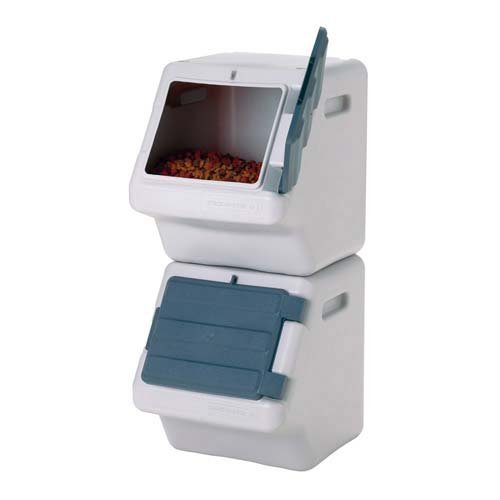Consider carefully the advantages and disadvantages of electric fences before purchasing one. You should note that electric fences, or E-fences as they are commonly called, are wired with transmitters that are earthed and running through the ground. These wires will emit a noise, shock or an unpleasant smell. The odors are triggered via a special collar on your dog, to discourage the dog from going too near to the fences. Signals are transmitted to the collar should the dog venture too close and the deterrents are activated.
Due to certain rules and specifications by the Home Association rules in certain precincts, standard fences may not be allowed and the e-fence could be an alternative. An e-fence provides a solution for owners who have no front yards or backyards and cannot erect a standard fence, yet desire to own a dog.
There are negatives that need to be considered though.
For the e-fence to be effective, dogs need to be trained well and the e-fence should not be a stand-in for behavioral training. Dogs need to be taught to associate the deterrent with boundary limits. If this is not done, the e-fence will be rendered useless.
Bear in mind that as with all electrical equipment, it is not guaranteed to work all the time. They can be short circuited by electrical spike or lightning strikes, however these are not frequent occurrences, however disturbances like digging around the periphery can result in issues as well. Flags are first used to visually denote and designate the periphery when the e-fence is first erected, however, once the dog has been taught, the flags are taken down. If they are left in place, they can be knocked or dragged away by lawnmowers and children, amongst other things. Once pulled out, there is a possibility of a puncture by their sharp tips.
Should your dog persist despite the discouragement received from the collar, it will learn that there is no actual boundary and will be less willing to stay within the specified periphery.
Many people also believe that as a deterrent, electric shocks are cruel, and are a counteractive way of eliciting the wanted behavior from your pet.
Your decision regarding an e-fence needs to be evaluated according to your situation. If kept entirely indoors except for when leashed, a dogs' need to run is denied, resulting in an unhappy and maladjusted pet. This situation can be resolved with access to a dog park, however, not may are lucky enough to have a dog pak in their vicinity, so it could remain an issue.
Although building standard fences seems to be a logical method to cope with the issue, large dogs are liable to jump over these fences, causing injuries to themselves such as scratches and cuts from the sharp edges of the fences. Though the wound may be minor, a dogs' tendency to bite or scratch at them can make the injury worse, meaning a trip to the vet is required. An e-fence could be a more prudent choice, depending on the situation.
Every circumstance and situation is different, based on living conditions, type and character of dog and training techniques, so there is no overall effective method that can be implemented by every dog owner. Rather, do consider carefully the needs of different circumstances after acquiring adequate knowledge in order to make the best decision possible.
If you decide an e-fence is the best solution for your situation, you need to be ready to disable the fence if it turns out that instead of benefiting your dog, it is doing more damage.

 The Best Products For Little Dogs
The Best Products For Little Dogs
Small dogs aren抰 access
The Best Products For Little Dogs
The Best Products For Little Dogs
Small dogs aren抰 access
 Have Furry Children? Four Important Facts for Happy Pets
Whats the saying? Happy Pets
Have Furry Children? Four Important Facts for Happy Pets
Whats the saying? Happy Pets
 How to Choose a Puppy
Hes cute, but how big will he get? Cred
How to Choose a Puppy
Hes cute, but how big will he get? Cred
 Whats in Your Pets Dog Paw and Feet
Paw showing pads A. Claw, B. Digital Pads, C. Metacarpa
Whats in Your Pets Dog Paw and Feet
Paw showing pads A. Claw, B. Digital Pads, C. Metacarpa
 5 Stackable Pet Food Storage Ideas
If you have cats and especia
5 Stackable Pet Food Storage Ideas
If you have cats and especia